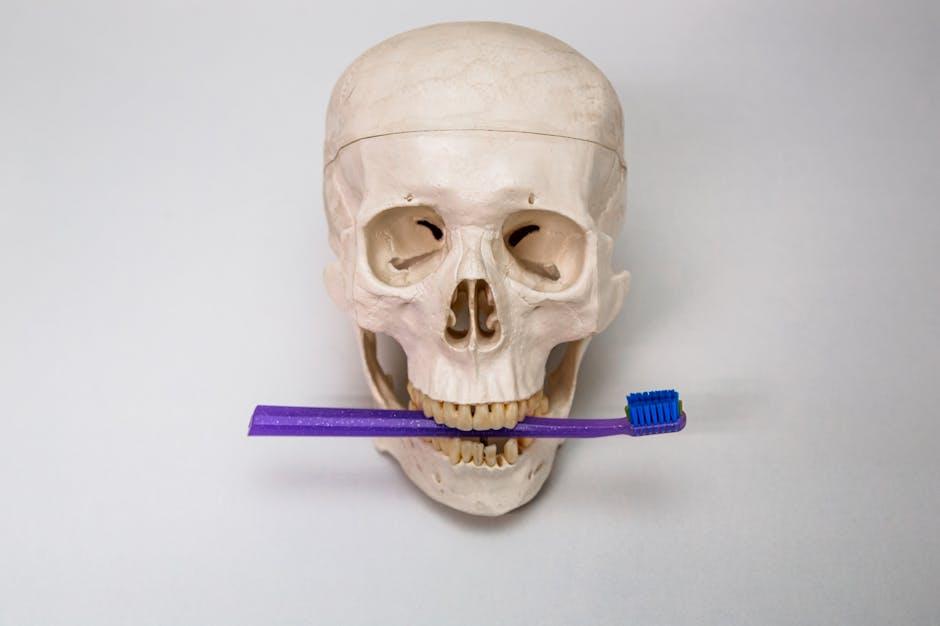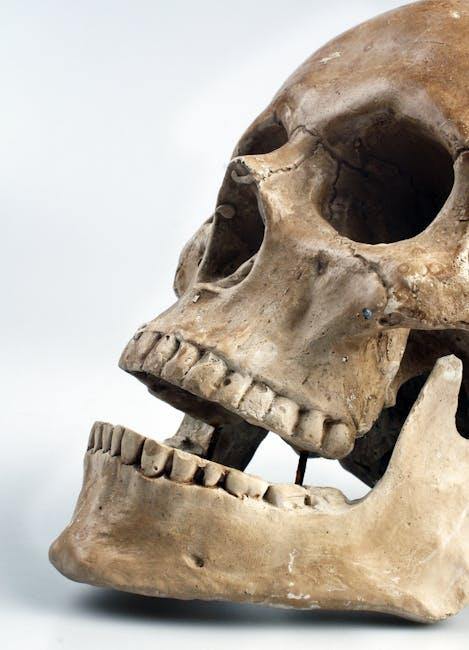
Dental Bone Graft Substitute and Other Biomaterials Market: Comprehensive Analysis & Emerging Trends | openPR.com
The global Dental Bone Graft Substitute and Other Biomaterials Market is witnessing remarkable growth driven by advancements in dental regenerative technologies, increasing incidence of dental disorders, and rising demand for minimally invasive procedures. This article delves into the key market trends, benefits of these biomaterials, practical tips for dental professionals, and insights from recent market studies highlighted at openPR.com.
What is Dental Bone Graft Substitute?
Dental bone graft substitutes are biomaterials used to replace or augment bone in dental surgeries. These substitutes serve as scaffolds that facilitate natural bone regeneration, helping restore oral functionality and esthetics following trauma, tooth loss, or periodontal diseases.
Commonly used bone graft substitutes include:
- Autografts (patient’s own bone)
- Allografts (donor bone)
- Xenografts (animal-derived bone)
- Alloplasts (synthetic biomaterials)
Market Overview and Growth Drivers
The dental biomaterials market has expanded significantly over the last decade. According to reports on openPR.com, the market is expected to grow at a CAGR of approximately 7.5% over the next five years. Several factors contribute to this growth:
- Rising dental health awareness: Increasing awareness about oral health and cosmetic dental treatments.
- Technological innovations: Development of bioactive and bioresorbable materials that enhance healing and reduce complications.
- Aging population: Growing elderly demographics requiring bone repair and dental implants.
- Changing lifestyles: Tooth injuries and loss due to accidents and lifestyle-related diseases like diabetes.
Types of Biomaterials Used in Dental Bone Grafting
Dental bone graft substitutes and biomaterials vary based on origin, composition, and properties:
| Biomaterial Type | Description | Key Advantage |
|---|---|---|
| Autografts | Bone sourced from the patient’s own body | Excellent biocompatibility, no immunogenicity |
| Allografts | Processed donor bone from human cadavers | Readily available, no second surgical site needed |
| Xenografts | Bone derived from animals (e.g., bovine) | Provides structural support, abundant supply |
| Alloplasts | Synthetic bone substitutes like hydroxyapatite, beta-tricalcium phosphate | Customizable properties, no disease transmission risk |
Benefits of Dental Bone Graft Substitutes and Biomaterials
Incorporating effective bone graft substitutes in dental treatments offers a broad array of benefits, including:
- Enhanced bone regeneration: Promotes natural bone growth and tissue integration.
- Improved dental implant success: Provides a stable foundation for implants.
- Minimized morbidity: Synthetic and allograft options reduce the need for additional surgical sites.
- Reduced risk of infection: Sterile biomaterials lower infection chances.
- Biocompatibility and bioactivity: Modern substitutions enhance healing time and patient comfort.
Practical Tips for Dental Professionals Using Bone Graft Substitutes
Dental surgeons and clinicians can maximize patient outcomes by following these guidelines:
- Assess patient suitability: Consider systemic health, smoking status, and oral hygiene before selecting graft type.
- Choose appropriate biomaterial: Match graft material to defect size and patient needs (e.g., autograft for small defects, synthetic for large).
- Maintain sterile conditions: Prevent infection by adhering to strict aseptic techniques.
- Monitor post-surgical healing: Schedule regular follow-ups to assess integration and detect complications early.
- Stay updated on innovations: Keep abreast of new biomaterials and protocols to improve success rates.
Case Study: Successful Use of Synthetic Biomaterials in Dental Bone Graft
At a reputable dental clinic, a 48-year-old patient with significant alveolar bone loss underwent dental implant placement supported by a synthetic bone graft substitute composed of beta-tricalcium phosphate. The biomaterial was chosen for its bioresorbable properties and capacity to promote osteoconduction. Over 6 months, the graft integrated well, enabling stable implant fixation and restoration of chewing function. This case highlights the clinical benefits of synthetic biomaterials as documented on openPR.com.
Current Trends Shaping the Dental Biomaterials Market
Innovations and shifting patient preferences are transforming the dental bone graft substitute landscape:
- Bioactive materials: Incorporation of growth factors to stimulate cellular activity.
- 3D-printed scaffolds: Customized grafts matching patient-specific defects.
- Combination grafts: Mixing biomaterials to optimize biological and mechanical properties.
- Minimally invasive application: Techniques like injectable grafts and membranes improving patient comfort.
- Sustainability focus: Eco-friendly sourcing and manufacturing processes gaining attention.
Market Forecast and Opportunities
The forecast for the dental bone graft substitute and biomaterials market is highly promising. Key opportunities include:
- Expanding use in emerging markets with rising dental tourism
- Growth in cosmetic dentistry driving demand for advanced graft materials
- Strategic partnerships between biotech firms and dental healthcare providers
- Patent development and product pipeline innovations accelerating market penetration
Summary Table: Market Highlights and Key Statistics
| Parameter | Details |
|---|---|
| Market Size (2023) | USD 1.2 billion |
| Expected CAGR (2023-2028) | 7.5% |
| Dominant Biomaterial | Allografts and Alloplasts |
| Key Application Area | Dental implants and periodontal repair |
| Top Region | North America |
Conclusion
The Dental Bone Graft Substitute and Other Biomaterials Market is a dynamic sector poised for continuous innovation and expansion. With advances in biomaterials science and increasing adoption of dental implants globally, these substitutes play a vital role in oral health restoration. Professionals and stakeholders should leverage market insights from openPR.com to stay ahead and contribute to delivering state-of-the-art dental care. Whether you are a clinician, investor, or patient, understanding the benefits and applications of dental bone graft materials ensures informed decisions and successful outcomes.


